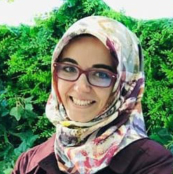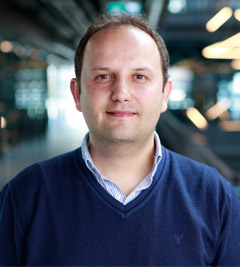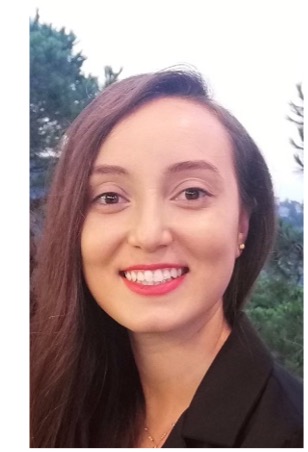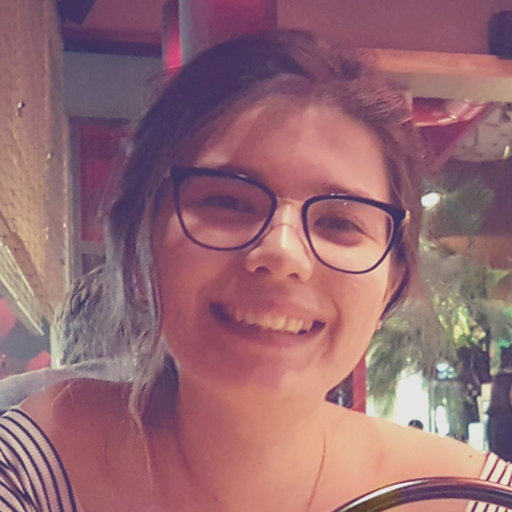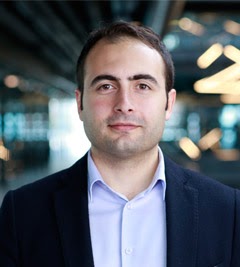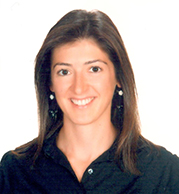Our overarching goal is to foster and promote AI research at AGU (Abdullah Gul University).
Projects
Funded projects are listes below:Computer Vision
Artificial Intelligence Assisted Prognostic Marker Determination from Colonoscopy and Histopathology Images for Colon Polyps
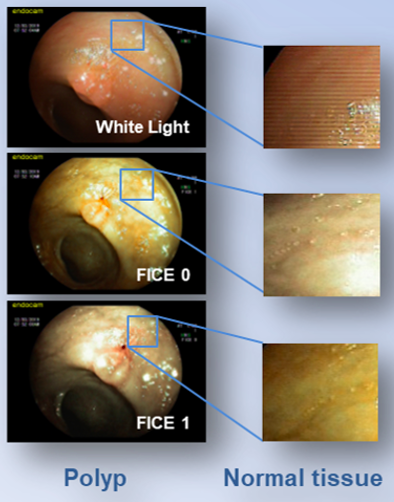 In this project our goal is to develop a computer vision and artificial intelligence-based system to be used in the real-time or offline differentiation (and characterization) of colon polyps that are known to be the precursors of colon cancer.
In this project our goal is to develop a computer vision and artificial intelligence-based system to be used in the real-time or offline differentiation (and characterization) of colon polyps that are known to be the precursors of colon cancer.
Traffic Light Optimization
 This is a joint project with Kayseri Ulaşım in which we are trying to address the Traffic Light Optimization problem from the perspective of dynamic light adjustment. To this end, we use deep learning approaches to learn traffic light configurations.
This is a joint project with Kayseri Ulaşım in which we are trying to address the Traffic Light Optimization problem from the perspective of dynamic light adjustment. To this end, we use deep learning approaches to learn traffic light configurations.
Machine Learning
Determination of the weight perception of the object to be lifted in preparation of the bionic hand to the activity by brain signals
 In this project, a prototype bionic hand prosthesis, whose control is performed using EEG and EMG signals along with the weight perception of the objects, will be developed. The goal here is to decrease the physical and mental load faced by the patient while using a mechanical prosthesis with the help of our new system.
In this project, a prototype bionic hand prosthesis, whose control is performed using EEG and EMG signals along with the weight perception of the objects, will be developed. The goal here is to decrease the physical and mental load faced by the patient while using a mechanical prosthesis with the help of our new system.
Research
Computer Vision
Breast Cancer Detection
 Sena works on devoloping machine learning based algorithms for breast cancer detection from digital mammogram images in her research.
Sena works on devoloping machine learning based algorithms for breast cancer detection from digital mammogram images in her research.
Forest Fire Detection
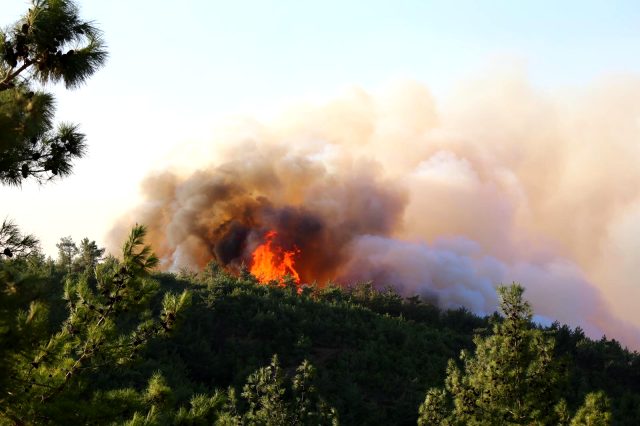 Early Detection of Forest Fires from Videos is a challanging problem. Merve and Ahmet are addressing this problem in their PhD researches.
Early Detection of Forest Fires from Videos is a challanging problem. Merve and Ahmet are addressing this problem in their PhD researches.
Bioinformatics
A Better Understanding of Molecular Mechanisms Underlying Complex Diseases
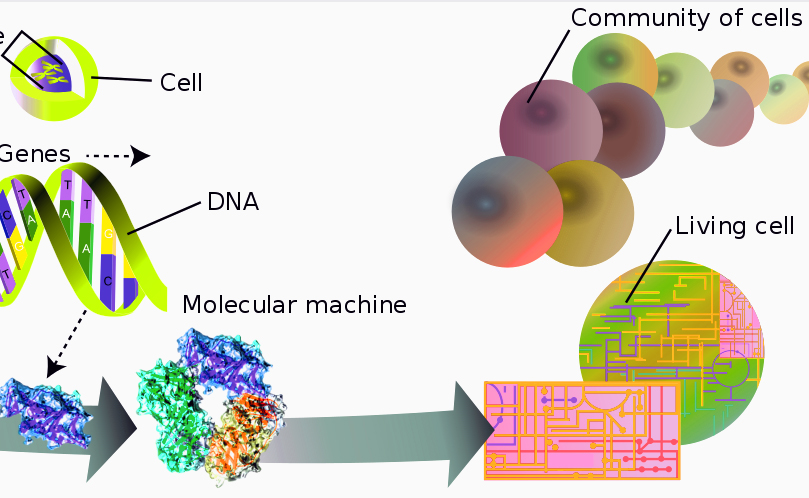 In this project, we are trying to develop a methodology that can integrate different -omics data through trans-omic networks to better understand the molecular mechanisms and the genetic basis of complex diseases.
In this project, we are trying to develop a methodology that can integrate different -omics data through trans-omic networks to better understand the molecular mechanisms and the genetic basis of complex diseases.
Development of Deep Learning Methodologies for Antimicrobial Peptide Prediction
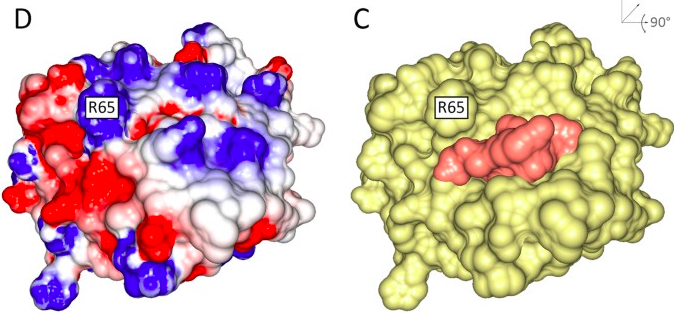 In this project, it is aimed to develop a prediction algorithm that can determine peptides which can show high antimicrobial activity against selected target bacteria.
In this project, it is aimed to develop a prediction algorithm that can determine peptides which can show high antimicrobial activity against selected target bacteria.
Recursive Cluster Elimination based Rank Function (SVM-RCE-R)
 We have empowered SVM-RCE approach with a novel ranking function to classify gene expression data (SVM-RCE-R). Now users can specify the different weights for different classification metrics (Specificity, Precision, F-measure). Thereby allowing users to specify which classification metric should be prioritized according to their needs.
We have empowered SVM-RCE approach with a novel ranking function to classify gene expression data (SVM-RCE-R). Now users can specify the different weights for different classification metrics (Specificity, Precision, F-measure). Thereby allowing users to specify which classification metric should be prioritized according to their needs.
Development of Deep Learning Methodologies for Antimicrobial Peptide Prediction
 In this research, we are trying to develop unsupervised methods for cancer classification. More specifically, for a given gene-gene interaction network and gene expression profile of the nodes, we are developing network proximity querying methods to intrinsically state those genes.
In this research, we are trying to develop unsupervised methods for cancer classification. More specifically, for a given gene-gene interaction network and gene expression profile of the nodes, we are developing network proximity querying methods to intrinsically state those genes.
K-Mer Amino Acids Embedding
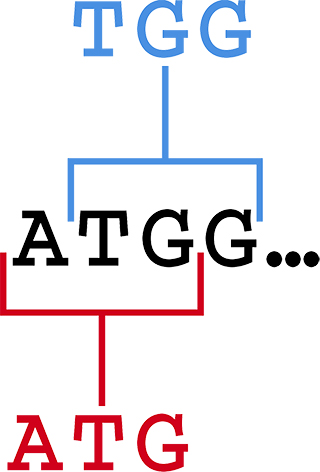 The goal of this project is to represent k-mer amino acids as a feature vector to predict protein secondary structure. The project is based on skip-gram model.
The goal of this project is to represent k-mer amino acids as a feature vector to predict protein secondary structure. The project is based on skip-gram model.
Network Embedding for Biological Networks
 We are collaborating with Case Western Reserve University for this problem. Here we propose some algorithms that use local information of the biological networks within the graph representation learning, especially deep learning on graphs.
We are collaborating with Case Western Reserve University for this problem. Here we propose some algorithms that use local information of the biological networks within the graph representation learning, especially deep learning on graphs.
Protein Structure Prediction Using Deep Learning
 In this project, Deep Learning approaches are employed to predict the structures such as Protein Secondary Structure, solvent accessiblity, torsion angles. More specifically, DNNs, Autoencoders, CNNs, LSTMs and Graph Convolutional Networks are employed.
In this project, Deep Learning approaches are employed to predict the structures such as Protein Secondary Structure, solvent accessiblity, torsion angles. More specifically, DNNs, Autoencoders, CNNs, LSTMs and Graph Convolutional Networks are employed.
